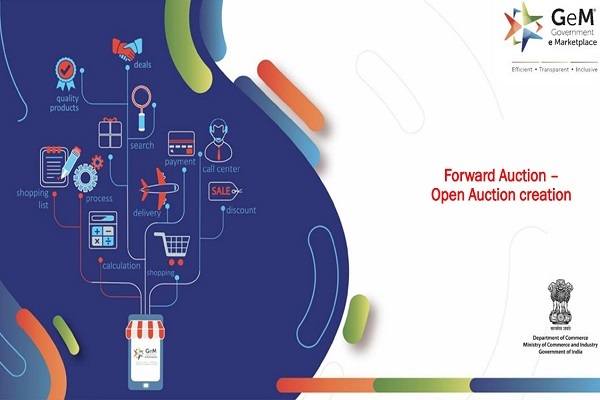IMD Forecasts Above-Normal Monsoon for 2025, Offering Relief to Heat-Stressed Economy by Amit Gupta, Kedia Advisory

Key Highlights
* IMD predicts 105% of Long Period Average rainfall for the June–September 2025 season
* El Niño conditions neutral; La Niña-like patterns expected to support monsoon
* Below-normal rainfall expected in parts of NW, NE, and South Peninsular India
* Strong rainfall forecast boosts Kharif crop outlook and rural economic sentiment
* Heatwaves to double in May-June; monsoon to ease pressure on food inflation
India is set to witness an above-normal southwest monsoon in 2025, according to the India Meteorological Department (IMD), which announced its long-range forecast on April 15. The seasonal rainfall from June to September is projected at 105% of the Long Period Average (LPA) of 87 cm, with a model error margin of ±5%. This is slightly more optimistic than private forecaster Skymet Weather’s recent projection of 102% of LPA.
The monsoon, which contributes around 70% of India’s annual rainfall, is critical to the country’s agricultural output and overall economic health. About 51% of India’s farmed land, responsible for 40% of the agricultural output, remains rain-fed and highly reliant on the seasonal rains. IMD’s outlook assumes added importance this year as much of the country grapples with extreme heat, with up to 10 heatwave days forecasted in May and June—double the average.
IMD’s probability assessment places a 33% chance on an “above normal” monsoon (105–110% of LPA) and a 26% chance on an “excess” monsoon (>110%), while only a 2% chance is given to a “deficient” season (<90%). Although headline figures are promising, IMD acknowledged that regional rainfall variations could present challenges. Below-normal rainfall is likely in parts of Northwest India, including Jammu and Kashmir, parts of the Northeast, particularly Bihar, and regions of Tamil Nadu.
Supporting the optimistic outlook is the prevailing neutral El Niño–Southern Oscillation (ENSO) state, with atmospheric features resembling La Niña—historically favorable for Indian monsoons. The Indian Ocean Dipole (IOD) also remains neutral, and below-normal snow cover in the Northern Hemisphere and Eurasia during January to March 2025 adds to the positive indicators. IMD Director General M. Mohapatra highlighted the inverse correlation between snow cover and monsoon strength, stating that lower snow cover correlates with warmer land masses and stronger monsoon currents.
The positive rainfall forecast is seen as a critical support to India’s rural economy and crop outlook. Agri Experts suggest that a robust monsoon will aid the sowing of Kharif crops like rice, maize, soybean, and pulses, while also strengthening reservoir levels for the Rabi season. According to Prof. Sudhir Panwar (Farm expert and ex-member, UP Planning Commission), normal rains will come as a relief to farmers who faced pre-monsoon crop damage due to high temperatures and storms, especially impacting wheat, mustard, and gram.
The Ministry of Statistics projects agricultural output to grow by 4.6% in FY25, up from 2.7% in the previous year, backed by expectations of a favorable monsoon. Analysts further anticipate increased acreages under oilseeds like soybean, as well as horticulture crops such as onions and tomatoes, amid strong market demand and eased export restrictions.
On the macroeconomic front, better rainfall is also expected to contain food inflation. The Reserve Bank of India (RBI) highlighted risks from weather disruptions and global agricultural price rises but maintained its CPI inflation projection for FY26 at 4.0%. The central bank noted that headline inflation dropped from 5.2% in December 2024 to 3.6% in February 2025.
In conclusion, while regional and temporal rainfall variations remain key factors to watch, IMD’s projection of an above-normal monsoon at 105% of LPA signals a strong boost for India’s agriculture sector. It is expected to support kharif sowing of rice, maize, pulses, and soybean, while improving reservoir levels for the rabi season. This will aid crop productivity, reduce input costs, and strengthen rural demand. The updated forecast in late May will offer further clarity on regional rainfall distribution and crop planning.
Above views are of the author and not of the website kindly read disclaimer
























